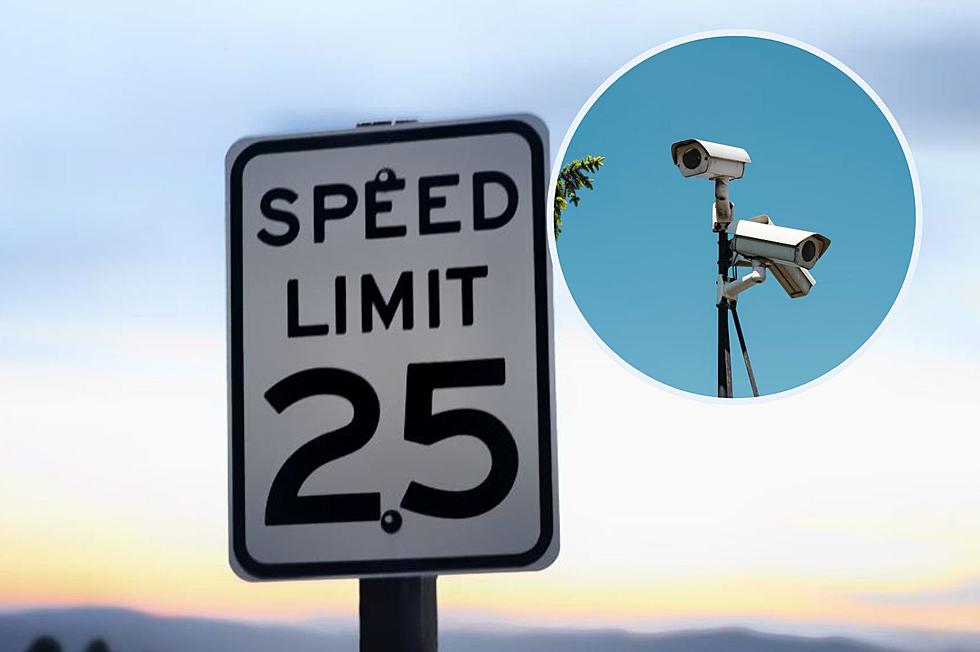
Will El Nino Bring Massive Storms & Snow To Maine This Winter?
After several years of dealing with La Nina, her brother El Nino is back with a vengeance. Okay, maybe not a vengeance, but there is a good chance the naturally occurring weather phenomena is going to affect our winter in a big way.
Does it mean we are going to spend months in a frigid deepfreeze? Does it mean we are going to see a non-stop string of Nor'easters? Are we going to a massive snowstorm every other day? Maybe...
What is El Nino?
El Nino in Spanish means "the boy" or "little boy".
According to NOAA, El Nino is a naturally occurring instance of warmer than normal ocean water. It is caused by a lack of trade winds. Normally, those westward winds would cause cooler ocean waters to come to the surface. Without those winds, the warmer water sits on the top.
El Nino causes a strong extended Pacific Jet Stream. This, in turn, messes with the weather here in the United States.
You can learn more about El Nino and La Nina HERE
How Will El Nino Affect Maine?
Well, that depends on how strong El Nino is.
According to the meteorologists at News Center Maine, we could end up with a weak / neutral El Nino or a strong El Nino.
If El Nino ends up being weak or neutral this time around, we are likely to get a cold and snowy winter. What most of us would consider a traditional winter here in New England, except with a higher than normal number of big storms and Nor'easters.
If El Nino ends up being strong, we are likely to see a lot of rain on the coast and snow inland. However, even with a strong El Nino we can expect to see plenty of snow and snow storms inland.
So, which are we going to get? That remains to be seen.
Meteorologist Jason Nappi has done some research, though. He looked back to 2009, when we had very similar situations to what we have this year, and he found that much of Maine saw between 4 feet and 8 feet of snow that winter.
Check out this video breakdown of his guesstimate for the upcoming winter.
Are you excited for a snowy winter? What are your plans for the winter?
LOOK: The most expensive weather and climate disasters in recent decades
Gallery Credit: KATELYN LEBOFF
More From 92 Moose









